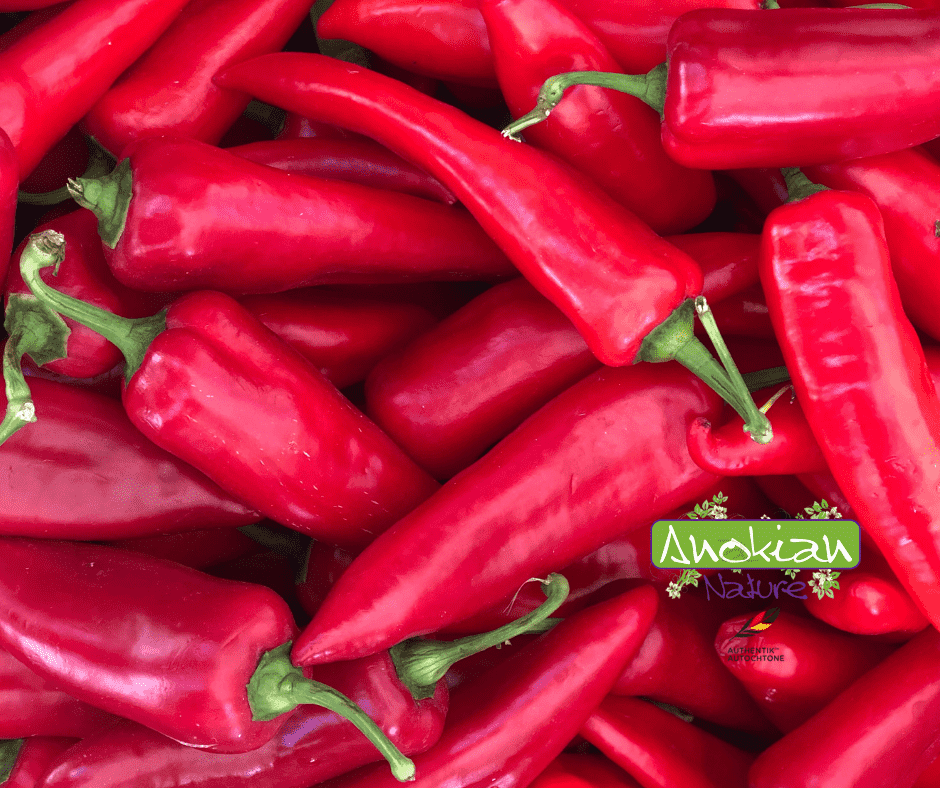Skip to product information










Seed | Hungarian Hot Wax Pepper
$3.99 CAD
Quantity
The Hungarian Hot Wax pepper is a variety known for its moderately hot flavor and bright yellow color when ripe. Ideal for experienced gardeners, this pepper offers a robust crop and a generous harvest.